Home>Storage Ideas>Bathroom Storage>Bathroom Remodeling Mistakes And How To Avoid Them
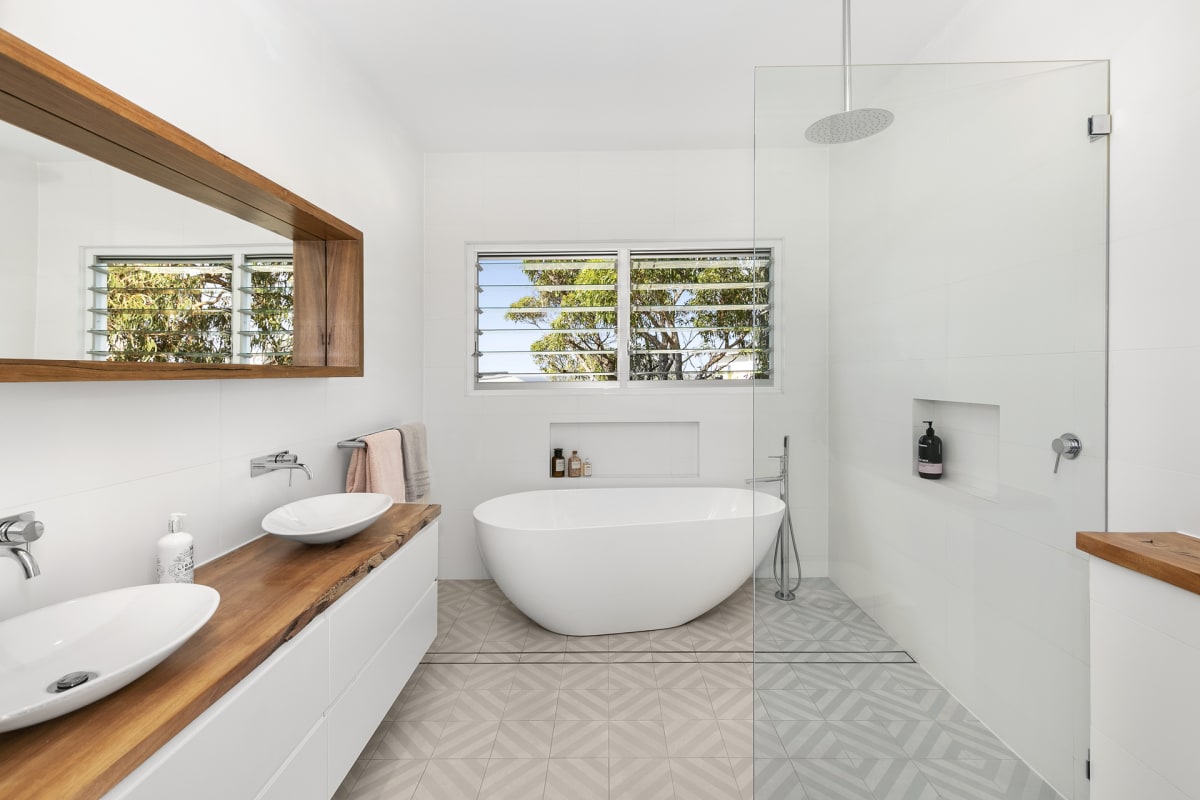

Bathroom Storage
Bathroom Remodeling Mistakes And How To Avoid Them
Modified: December 7, 2023
Learn how to avoid common bathroom remodel mistakes and maximize your bathroom storage with our expert tips and advice. Create a functional and organized space that meets all your storage needs.
(Many of the links in this article redirect to a specific reviewed product. Your purchase of these products through affiliate links helps to generate commission for Storables.com, at no extra cost. Learn more)
Introduction
When it comes to bathroom remodeling, there are numerous factors to consider. From choosing the right materials to planning the layout and ensuring proper functionality, the process can be overwhelming if not approached with proper knowledge and careful planning. Unfortunately, many homeowners make common mistakes during their bathroom remodels that can lead to costly and time-consuming problems.
In this article, we will explore some of the most common bathroom remodel mistakes and provide valuable tips on how to avoid them. By understanding these pitfalls and taking proactive steps to prevent them, you can save yourself from unnecessary headaches and ensure a successful and satisfying bathroom renovation.
Key Takeaways:
- Proper planning, budgeting, and clear communication are crucial for a successful bathroom remodel. Avoiding common mistakes such as underestimating the timeline and choosing the wrong materials ensures a satisfying and functional outcome.
- Consider future maintenance and upkeep when planning a bathroom remodel. Choose durable materials, plan for regular maintenance tasks, and think about the long-term implications of design choices to create a functional and long-lasting space.
Lack of Proper Planning
One of the biggest mistakes homeowners make when embarking on a bathroom remodel is rushing into the project without proper planning. It’s essential to take the time to carefully consider your needs, goals, and budget before starting any renovations.
First and foremost, consider the layout and functionality of your bathroom. Think about how you use the space and what improvements you want to make. Are you looking to create a more spa-like retreat or simply update the fixtures and finishes?
Next, establish a realistic budget for your project. Research the cost of materials, labor, and any additional expenses such as permits or design fees. Be sure to account for unexpected costs that may arise during the remodel.
Once you have a clear vision and budget in mind, it’s important to create a detailed plan. This includes choosing the right fixtures, materials, and color scheme, as well as considering any structural changes or upgrades.
Consulting with a professional designer or contractor can be invaluable during the planning phase. They can offer expert advice, suggest design ideas, and help you avoid costly mistakes. They can also assist in creating a realistic timeline for your project.
By taking the time to plan your bathroom remodel thoroughly, you’ll be able to make informed decisions, avoid costly changes mid-project, and ensure that the end result is a space that meets your needs and exceeds your expectations.
Ignoring the Importance of Budget
One of the most critical aspects of a bathroom remodel is establishing and sticking to a budget. Unfortunately, many homeowners make the mistake of neglecting this crucial step, which can lead to financial strain and unfinished projects.
Ignoring the importance of a budget can quickly derail your bathroom remodel plans. Without a budget in place, it becomes easy to overspend on high-end fixtures or luxurious finishes, leaving little money for other essential aspects of the renovation.
To avoid this mistake, it’s crucial to determine your budget early on in the planning process. Consider how much you are willing to spend on materials, labor, and any additional expenses such as permits or design fees.
Research and compare costs for different items, such as tiles, fixtures, and cabinetry, to ensure you have a realistic idea of how much each element will cost. It’s also essential to factor in unexpected expenses that may arise during the remodel.
Moreover, when establishing your budget, make sure to leave some room for contingencies. It’s not uncommon to encounter unforeseen issues during a bathroom remodel that may require additional funds to address.
By setting a budget and sticking to it, you can effectively manage your resources and ensure that you prioritize your spending on the most crucial elements of your remodel. This will help you avoid overspending and stay on track to achieve your desired results within your financial means.
Underestimating the Timeline
One of the most common mistakes homeowners make during a bathroom remodel is underestimating the time it takes to complete the project. This can lead to frustration, inconvenience, and even additional costs.
When planning your bathroom remodel, it’s important to have a realistic understanding of the timeline involved. Consider the complexity of the project, the availability of materials, and the schedules of all parties involved, including contractors and suppliers.
Underestimating the timeline can result in rushing through the remodel, leading to shoddy workmanship or the need for rework down the line. It can also cause stress and inconvenience if you don’t have access to your bathroom for an extended period.
To avoid this mistake, consult with your contractor and establish a reasonable timeline for each stage of the project. Take into account any potential delays that may arise, such as unexpected construction issues or backorders of materials.
Additionally, it’s important to be flexible and patient during the remodeling process. Understand that there may be unforeseen circumstances that can cause delays, and be prepared to adjust your expectations accordingly.
By accurately estimating the timeline and allowing for some buffer time, you’ll ensure that your bathroom remodel is completed efficiently and to your satisfaction.
Inaccurate Measurements and Sizing
Accurate measurements and proper sizing are crucial aspects of a successful bathroom remodel. However, many homeowners make the mistake of overlooking this step, which can lead to significant issues during the renovation process.
When taking measurements for your bathroom remodel, it’s important to be precise. Inaccurate measurements can result in ill-fitting fixtures, wasted materials, and even structural problems. This can not only cause delays but also lead to additional expenses for corrections or replacements.
Before making any purchasing decisions, ensure that you have measured the space accurately. Take into account the dimensions of the room, as well as the placement of existing fixtures, such as toilets, sinks, and showers.
In addition to accurate measurements, it’s crucial to consider the sizing of the fixtures and materials you plan to incorporate. Oversized fixtures can overwhelm a small bathroom, while undersized fixtures may look out of place in a larger space.
Consulting with a professional designer or contractor can be invaluable during this stage. They can help you determine the appropriate sizing for each element of your bathroom and ensure that everything fits seamlessly within the space.
Remember to factor in any necessary clearances and installation requirements. For example, leave enough space around toilets and showers for comfortable access and ensure that plumbing and electrical connections are properly accounted for.
By taking accurate measurements and considering sizing requirements, you’ll avoid costly mistakes and ensure that your bathroom remodel flows smoothly from start to finish.
Choosing the Wrong Materials
Choosing the right materials is essential for a successful bathroom remodel. Unfortunately, many homeowners make the mistake of choosing the wrong materials, which can lead to durability issues, maintenance problems, and an overall unsatisfying result.
When selecting materials for your bathroom, it’s crucial to consider factors such as moisture resistance, durability, and ease of maintenance. Bathrooms are high-moisture environments, so choosing materials that can withstand constant exposure to water and humidity is vital.
For example, when it comes to flooring, opt for materials like ceramic or porcelain tiles that are water-resistant and have a low absorption rate. Avoid materials like hardwood, as they can warp and deteriorate over time in moist conditions.
Similarly, choose bathroom fixtures and accessories that are specifically designed for bathroom use. For faucets and showerheads, look for options that are made from corrosion-resistant materials and have features such as anti-limescale properties.
Another common mistake is sacrificing quality for a lower price. While it’s essential to stick to your budget, opting for cheap materials may result in frequent repairs or replacements in the future. Investing in high-quality materials will ensure longevity and save you money in the long run.
Additionally, consider the style and aesthetics of your bathroom when choosing materials. Ensure that the materials you select complement the overall design scheme, creating a cohesive and visually pleasing space.
Before making any final decisions, research different materials, read reviews, and consult with professionals to ensure you are choosing the right materials for your specific needs, budget, and design goals.
By selecting the appropriate materials for your bathroom remodel, you’ll create a space that is not only visually appealing but also functional and long-lasting.
Neglecting Proper Ventilation
Proper ventilation is often overlooked in bathroom remodels, but it is an essential aspect that should not be ignored. Neglecting proper ventilation can lead to a variety of problems, including mold and mildew growth, poor air quality, and damage to your fixtures and finishes.
Bathrooms are highly prone to moisture buildup due to activities such as showering and bathing. Without proper ventilation, this moisture can accumulate and create the ideal conditions for mold and mildew to thrive, which can be harmful to your health and cause damage to your bathroom surfaces.
To prevent these issues, it is important to install an adequately sized exhaust fan in your bathroom. The fan should be capable of removing the excess moisture from the air, reducing humidity levels, and ensuring proper airflow.
When choosing an exhaust fan, consider the size of your bathroom and its ventilation needs. A fan with a high cubic feet per minute (CFM) rating is recommended for larger bathrooms or those with multiple fixtures. Additionally, select a fan that operates quietly to maintain a peaceful environment in your bathroom.
Properly maintaining your exhaust fan is also important. Regularly clean the fan and its vent to remove any dust or debris that may impede its functionality. Replace or repair the fan if you notice any signs of malfunction.
If your bathroom does not have a window, installing a window or skylight can also help improve ventilation and allow for natural light to enter the space.
Remember, proper ventilation not only helps to prevent moisture-related issues but also ensures a fresher and more pleasant environment in your bathroom. It is a worthwhile investment that will contribute to the longevity and overall enjoyment of your newly remodeled space.
When planning a bathroom remodel, make sure to carefully consider the layout and functionality of the space. Avoid common mistakes by ensuring there is enough storage, proper ventilation, and easy access to plumbing and electrical systems.
Poor Lighting Choices
Lighting is a crucial element in any bathroom remodel, both for practicality and aesthetics. However, many homeowners make the mistake of overlooking lighting or making poor choices that can negatively impact the functionality and ambiance of their bathroom.
Insufficient lighting in the bathroom can make tasks such as shaving, applying makeup, or grooming challenging. On the other hand, harsh and unflattering lighting can create an unwelcoming and uncomfortable atmosphere.
When selecting lighting for your bathroom, it’s important to consider both task lighting and ambient lighting. Task lighting provides adequate illumination for specific activities, while ambient lighting sets the overall tone and atmosphere.
For task lighting, focus on providing ample light around the vanity area, mirror, and shower or bathtub. Install wall-mounted sconces or vanity lights with adjustable fixtures to minimize shadows and provide even lighting for tasks like shaving or applying makeup.
Ambient lighting can be achieved through overhead fixtures, such as ceiling-mounted lights or recessed lighting. This type of lighting should provide general illumination throughout the bathroom, ensuring a well-lit and inviting space.
In addition to task and ambient lighting, consider adding accent lighting to highlight specific features or create a soothing ambiance. This can be achieved through the use of wall sconces, LED strips, or decorative pendant lights.
When choosing light fixtures, pay attention to the color temperature of the bulbs. Warm white light (around 2700K-3000K) is often favored for bathrooms as it provides a soft and flattering glow. Avoid using cool white or daylight bulbs, as they can give off a harsh and clinical feel.
Lastly, don’t forget to incorporate natural lighting if possible. A well-placed window or skylight can bring in natural light, enhancing the overall aesthetics of your bathroom and making it feel more spacious and inviting.
By carefully considering your lighting choices and combining different types of lighting, you can create a bathroom that is not only functional but also visually appealing and comfortable.
Overlooking Plumbing Considerations
Plumbing is an essential component of any bathroom remodel, and overlooking plumbing considerations can lead to major issues down the line. Failing to plan and address plumbing needs can result in costly repairs, inefficient water flow, and even structural damage.
One common mistake is not properly assessing the existing plumbing system before beginning the remodel. Understanding the layout and condition of your plumbing, including water supply lines, drains, and ventilation, is crucial for a successful renovation.
Consider whether any changes to the plumbing system are necessary. Will you be moving or adding fixtures that require new plumbing connections? Do you have an adequate capacity for hot water, especially if you’re adding a larger bathtub or multiple showerheads?
Consulting with a professional plumber or contractor who specializes in bathroom remodels is highly recommended. They can assess your current plumbing system, make recommendations for any necessary changes or upgrades, and provide expert guidance throughout the process.
Additionally, it’s important to pay attention to building codes and regulations regarding plumbing alterations. Certain modifications may require permits, so ensure you are aware of the legal requirements before proceeding with any plumbing changes.
Proper ventilation is another essential plumbing consideration. Ensure that your bathroom has proper ventilation to prevent moisture buildup, which can lead to mold, mildew, and structural damage. Install exhaust fans and ensure that ventilation ducts are correctly connected and vented to the outside.
By addressing plumbing considerations early in the planning process and enlisting the help of professionals, you can avoid costly mistakes, ensure proper functionality, and have peace of mind knowing that your plumbing system is in good condition.
Hiring Inexperienced or Unqualified Contractors
Hiring the right contractor is key to a successful bathroom remodel, but many homeowners make the mistake of hiring inexperienced or unqualified individuals. This can lead to subpar workmanship, project delays, and even potential legal and financial issues.
When choosing a contractor, it’s important to thoroughly research and vet potential candidates. Look for contractors who specialize in bathroom remodels and have a proven track record of successful projects. Ask for references, read online reviews, and view portfolios of their previous work.
Verify that the contractor holds the appropriate licenses, certifications, and insurance. This ensures that they have met the required industry standards and are adequately covered in case of any accidents or damages that may occur during the remodeling process.
Take the time to interview prospective contractors and ask detailed questions about their experience, expertise, and approach to bathroom remodels. A knowledgeable and experienced contractor should be able to provide clear answers and offer suggestions based on your specific needs and preferences.
Obtain multiple quotes from different contractors to compare pricing, scope of work, and timelines. Be cautious of significantly low bids as they may indicate inexperienced or low-quality workmanship. Conversely, extremely high bids may not necessarily guarantee superior results.
Before finalizing the contract, make sure to have a written agreement that clearly outlines the project specifications, timeline, payment terms, and any warranties or guarantees provided by the contractor. This helps protect both parties and ensures that everyone is on the same page throughout the remodel.
Lastly, trusting your instincts is essential. If something feels off or you have doubts about a particular contractor, it’s best to keep looking for someone you feel comfortable and confident in working with.
By taking the time to hire an experienced and qualified contractor, you can avoid costly mistakes, achieve the desired results, and have peace of mind knowing that your bathroom remodel is in capable hands.
Failing to Communicate Clearly with Contractors
Clear and effective communication with your contractor is essential for a successful bathroom remodel. Failing to communicate your expectations, preferences, and concerns can lead to misunderstandings, delays, and unsatisfactory outcomes.
From the initial consultation to the final stages of the project, it’s important to maintain open and transparent communication with your contractor. Here are some key points to consider:
- Clearly articulate your vision and goals for the bathroom remodel. Provide detailed information on the design elements, materials, and finishes you have in mind. Share any inspiration images or drawings to help illustrate your ideas.
- Discuss your budget openly and honestly. Ensure that your contractor is aware of your financial constraints to avoid any potential conflicts or surprises during the project.
- Establish a communication channel that works best for both parties. Whether it’s through email, phone calls, or in-person meetings, ensure that you have a direct line of communication to address any questions or concerns that may arise.
- Regularly communicate with your contractor to stay updated on the progress of the project. This will help you to remain informed and provide timely feedback or decisions, if needed.
- Listen to your contractor’s professional advice and recommendations. They have expertise in the field and can offer valuable insights that may enhance the overall outcome of your bathroom remodel.
- Address any issues or concerns promptly. If you notice something that is not to your liking or if there are any deviations from the agreed-upon plan, communicate your concerns to your contractor immediately. They can address the issues early on and make any necessary adjustments.
- Keep a written record of any changes or updates to the project. This helps to ensure that everyone is on the same page and avoids any potential disputes or misunderstandings in the future.
Effective communication fosters a collaborative relationship between you and your contractor, creating an environment where both parties understand and fulfill each other’s expectations. It allows for a smoother and more successful bathroom remodel experience.
Not Considering Future Maintenance and Upkeep
When planning a bathroom remodel, it’s important to not only focus on the immediate aesthetics and functionality but also consider the future maintenance and upkeep of the space. Neglecting to consider these factors can result in ongoing maintenance issues and unnecessary expenses down the line.
Here are some key considerations to keep in mind:
- Choose durable and low-maintenance materials. Opt for materials that are known for their longevity and ease of cleaning. For example, using porcelain or ceramic tiles on the floors and walls can minimize the need for frequent resealing or staining.
- Consider the long-term implications of your design choices. While a trendy or unique design may be appealing now, it’s important to think about how it will age over time. Will it require frequent updates or repairs to remain relevant?
- Think about accessibility and ease of cleaning. Consider incorporating features like walk-in showers or wall-mounted toilets that are easier to clean and maintain. This can save you time and effort in the long run.
- Ensure proper ventilation. Good ventilation helps prevent moisture-related issues such as mold and mildew. Make sure your bathroom has adequate ventilation through the use of exhaust fans or windows that can be opened.
- Plan for regular maintenance tasks. Take into account routine maintenance tasks such as recaulking the bathtub, replacing worn-out seals on fixtures, or cleaning grout lines. These small tasks, if neglected, can lead to bigger problems over time.
- Consider the lifespan of fixtures and appliances. Choose high-quality fixtures and appliances that are known for their durability and reliability. Investing in long-lasting products can save you from having to replace them prematurely.
- Regularly inspect for leaks or water damage. Periodically check for leaks in plumbing fixtures, around the shower or bathtub, and under the sink. Catching and addressing these issues early on can prevent significant damage and costly repairs.
By considering future maintenance and upkeep during your bathroom remodel, you can create a space that not only looks great but is also easy to maintain and will withstand the test of time. It’s an investment in the long-term functionality and enjoyment of your renovated bathroom.
Conclusion
A successful bathroom remodel requires careful planning, attention to detail, and a focus on avoiding common mistakes. By taking the time to consider the key factors mentioned in this article, you can ensure that your bathroom renovation project is a positive experience that results in a beautiful and functional space.
Proper planning is crucial, so don’t rush into the project without careful consideration. Take the time to assess your needs, set a realistic budget, and create a detailed plan. Consulting with professionals can provide valuable insights and guidance throughout the process.
Avoiding mistakes such as ignoring the importance of budget, underestimating the timeline, and choosing the wrong materials is essential. By researching and making informed decisions, you can avoid financial strain, project delays, and unsatisfactory results.
Other important considerations include accurate measurements and sizing, proper ventilation, and thoughtful lighting choices. By addressing these aspects, you can ensure optimal functionality, longevity, and a pleasant atmosphere in your new bathroom.
Furthermore, clear communication with your contractor is essential. Articulate your vision, budget, and expectations clearly, and maintain open lines of communication throughout the project. This fosters a collaborative and successful partnership.
Lastly, don’t forget to consider future maintenance and upkeep. Choose durable materials, plan for regular maintenance tasks, and think about the long-term implications of your design choices. By doing so, you can create a bathroom that not only looks stunning but also remains functional and easy to maintain in the years to come.
In conclusion, a well-executed bathroom remodel can transform your space into a sanctuary of relaxation and functionality. By avoiding common mistakes and paying attention to the key considerations outlined in this article, you can ensure a successful outcome and enjoy your newly renovated bathroom for years to come.
Frequently Asked Questions about Bathroom Remodeling Mistakes And How To Avoid Them
Was this page helpful?
At Storables.com, we guarantee accurate and reliable information. Our content, validated by Expert Board Contributors, is crafted following stringent Editorial Policies. We're committed to providing you with well-researched, expert-backed insights for all your informational needs.
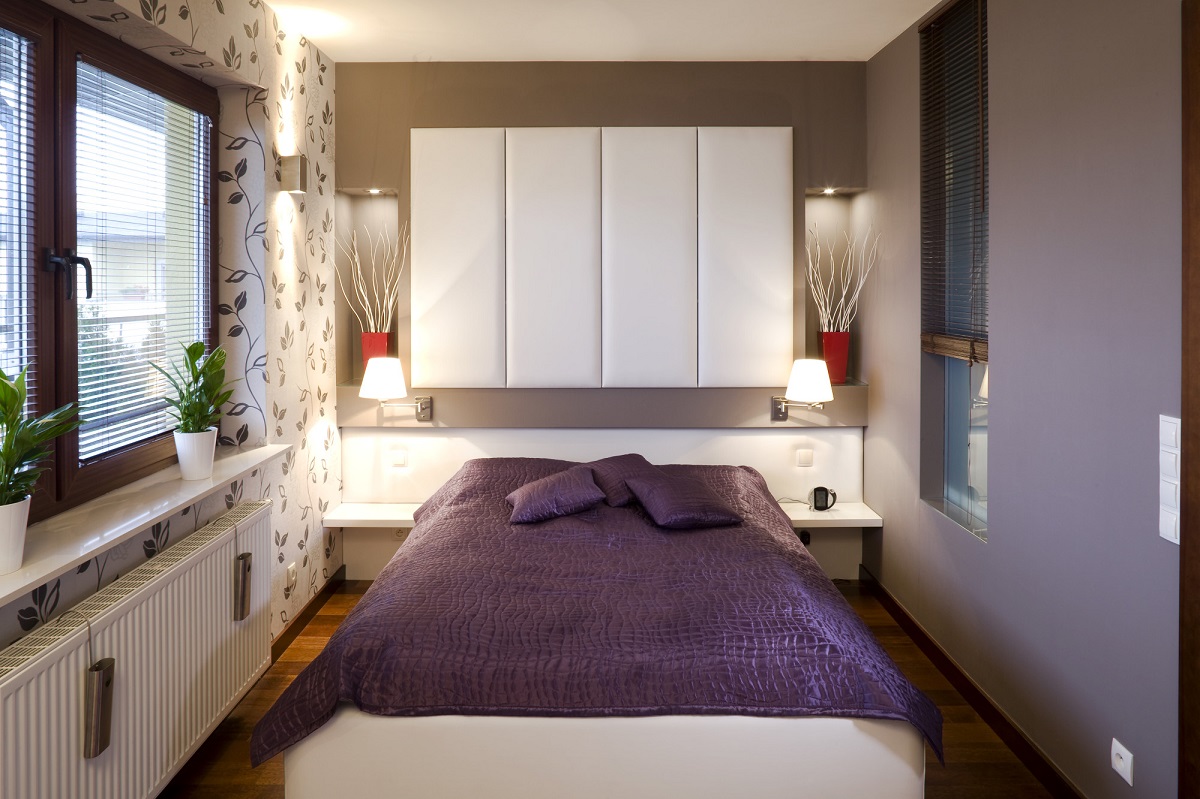
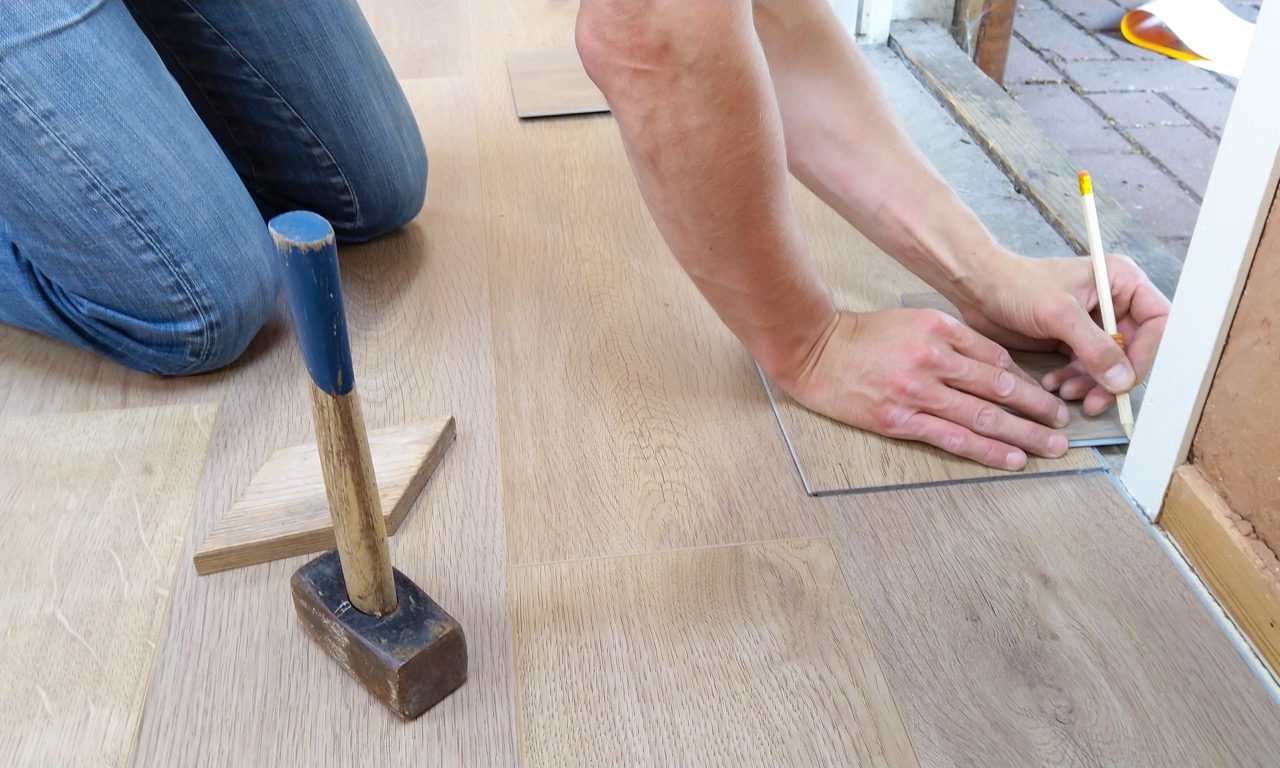
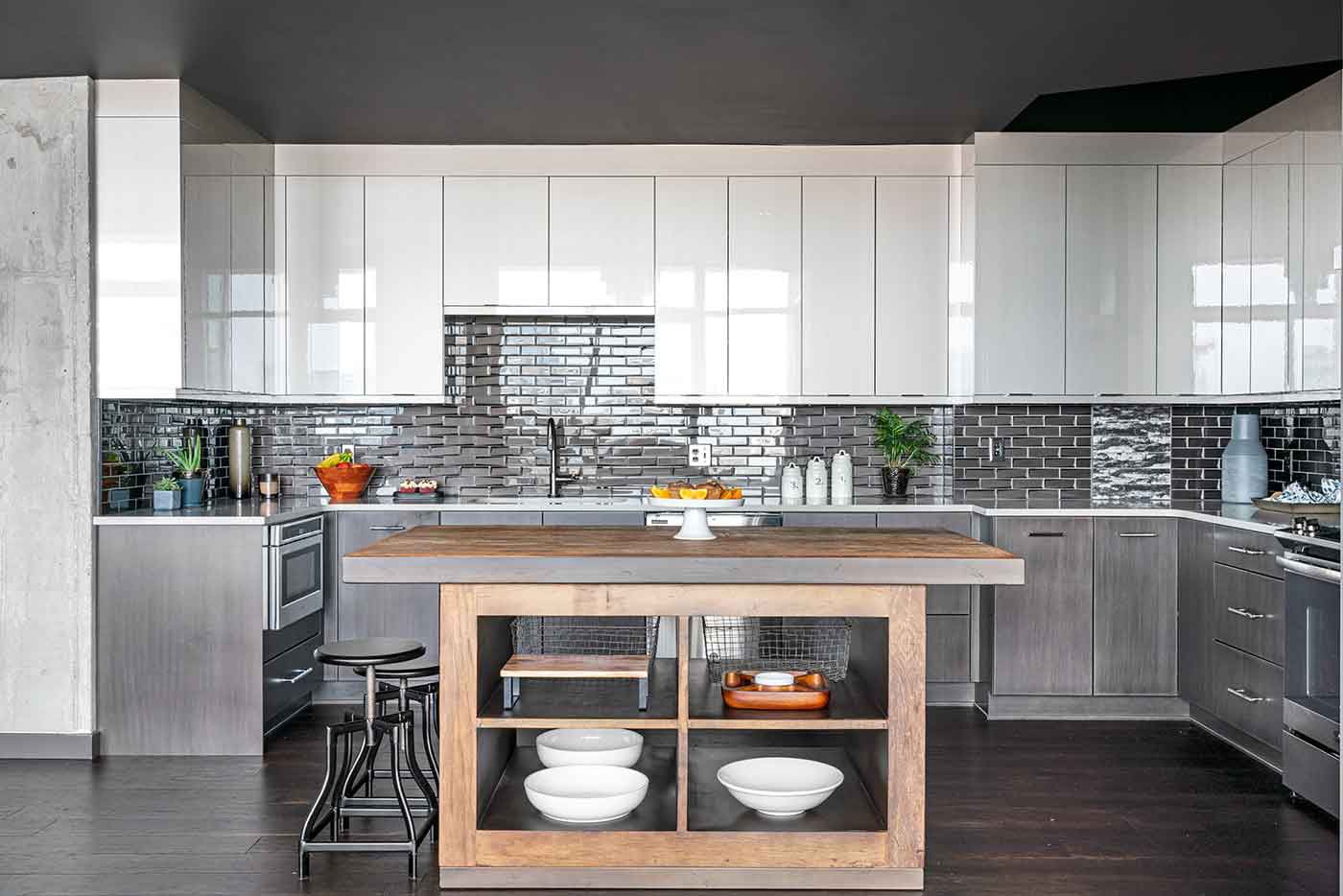
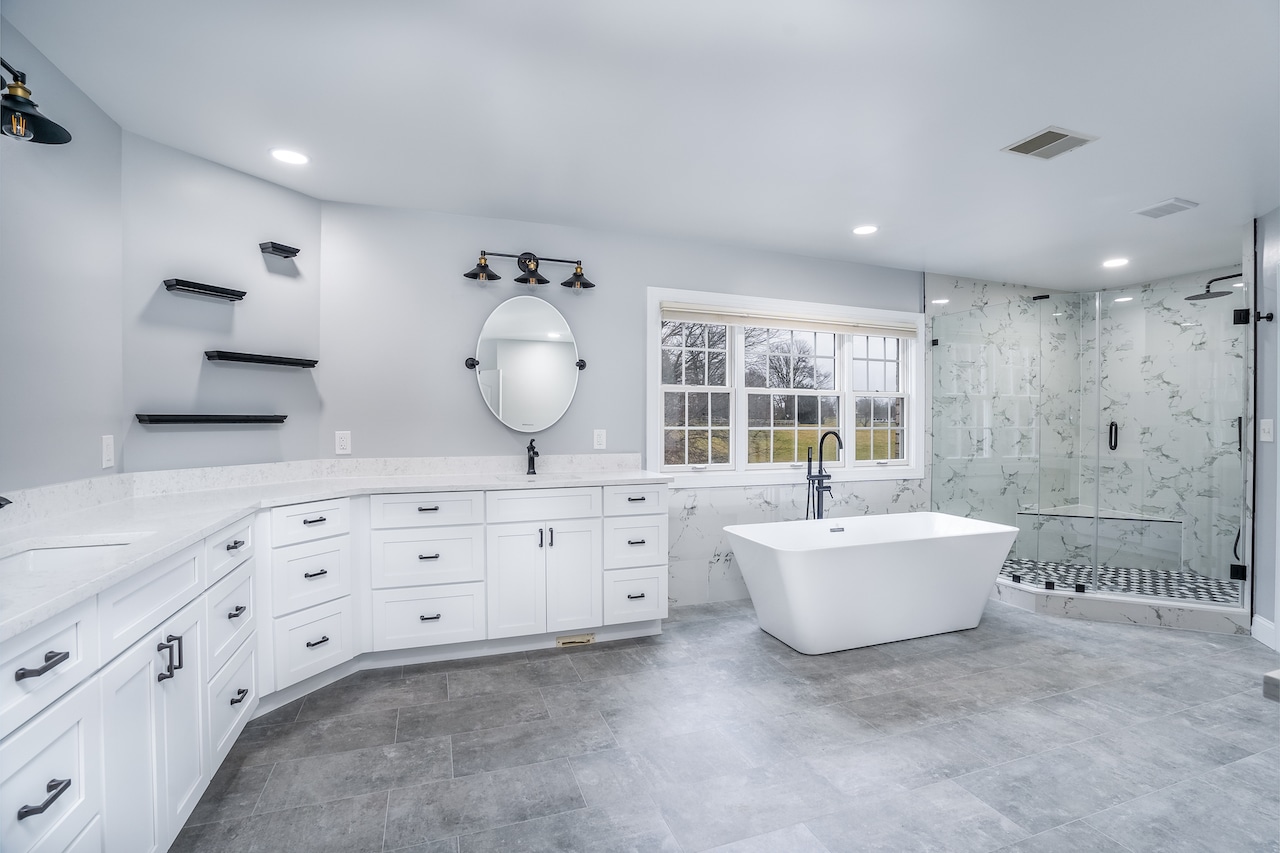
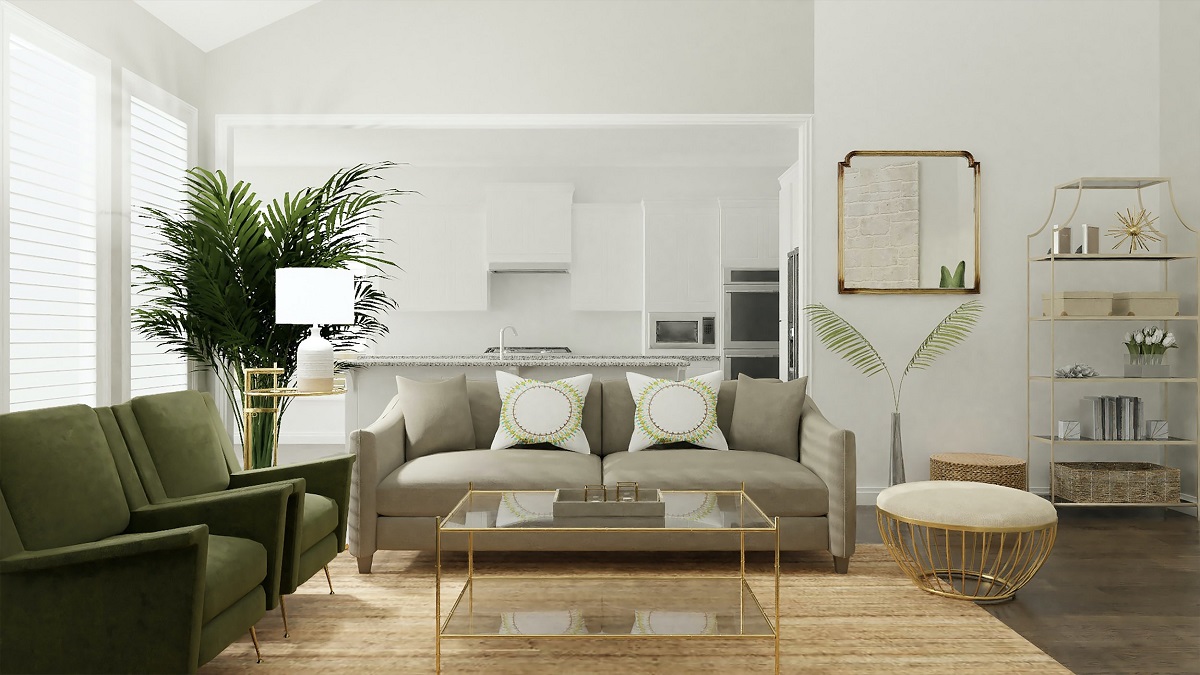

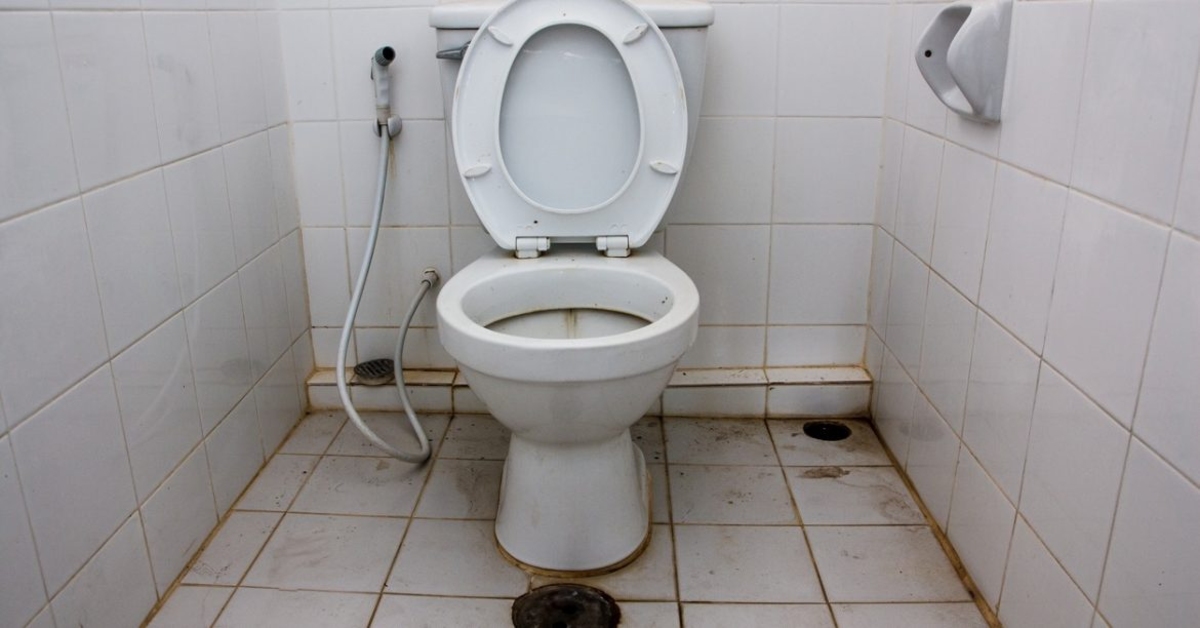

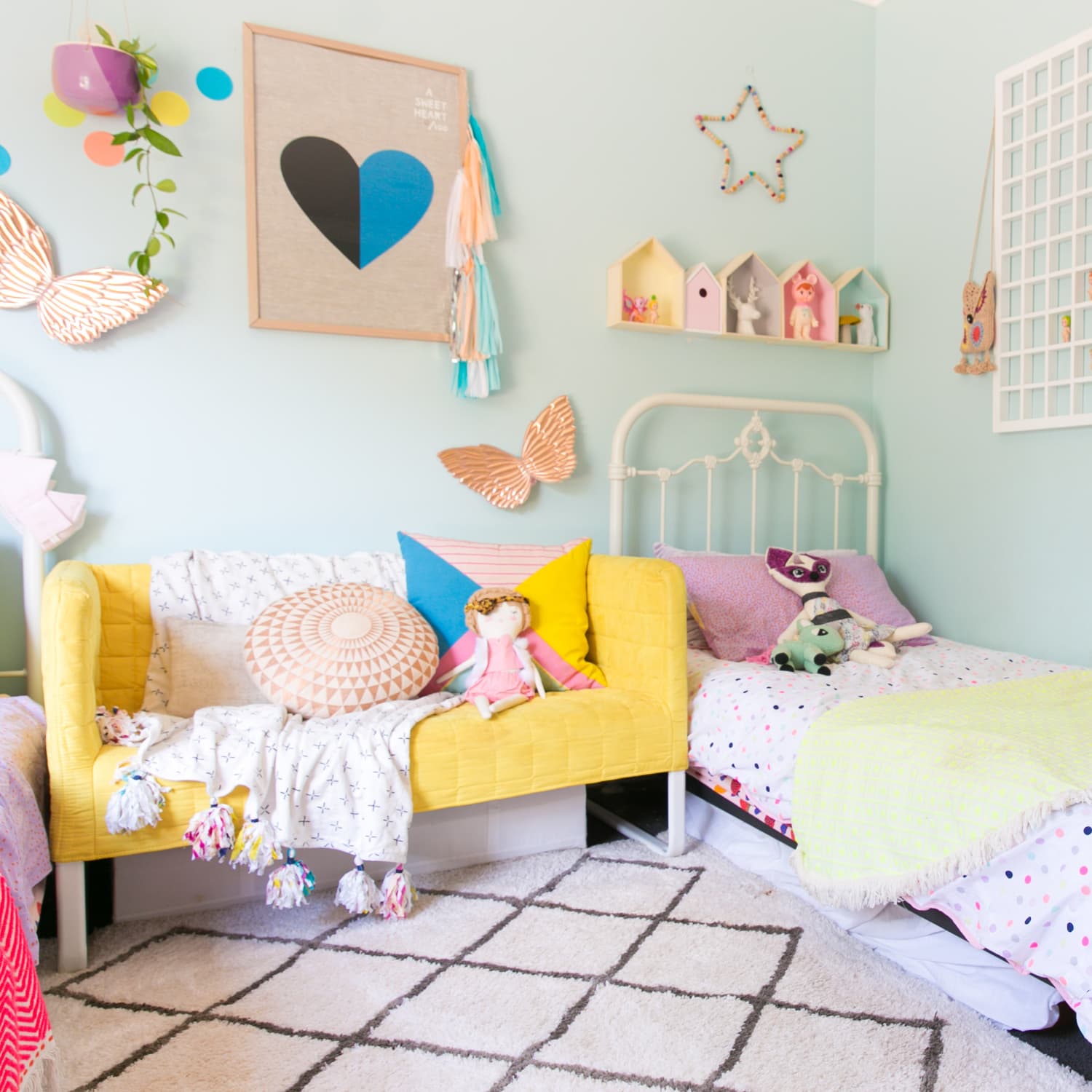
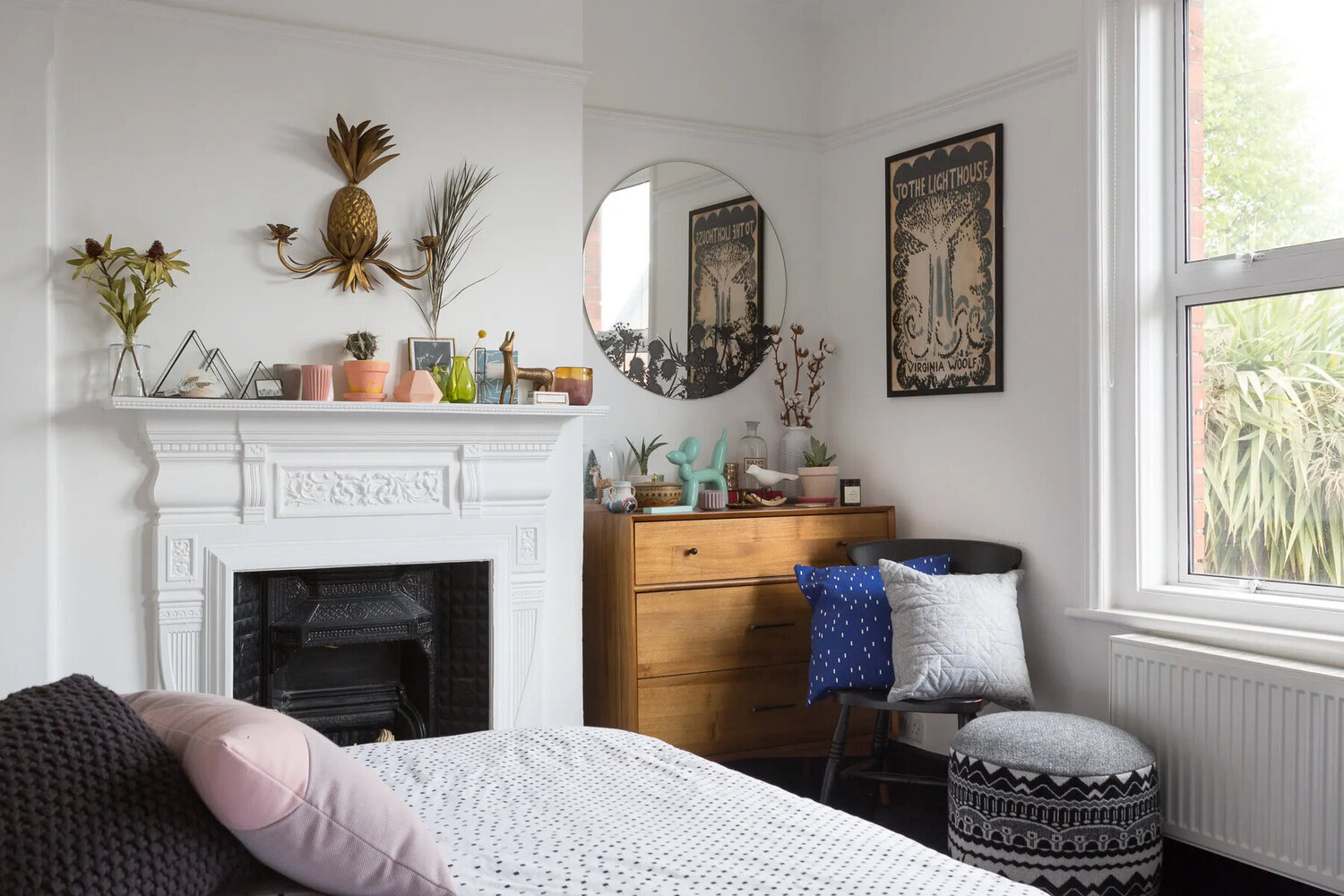
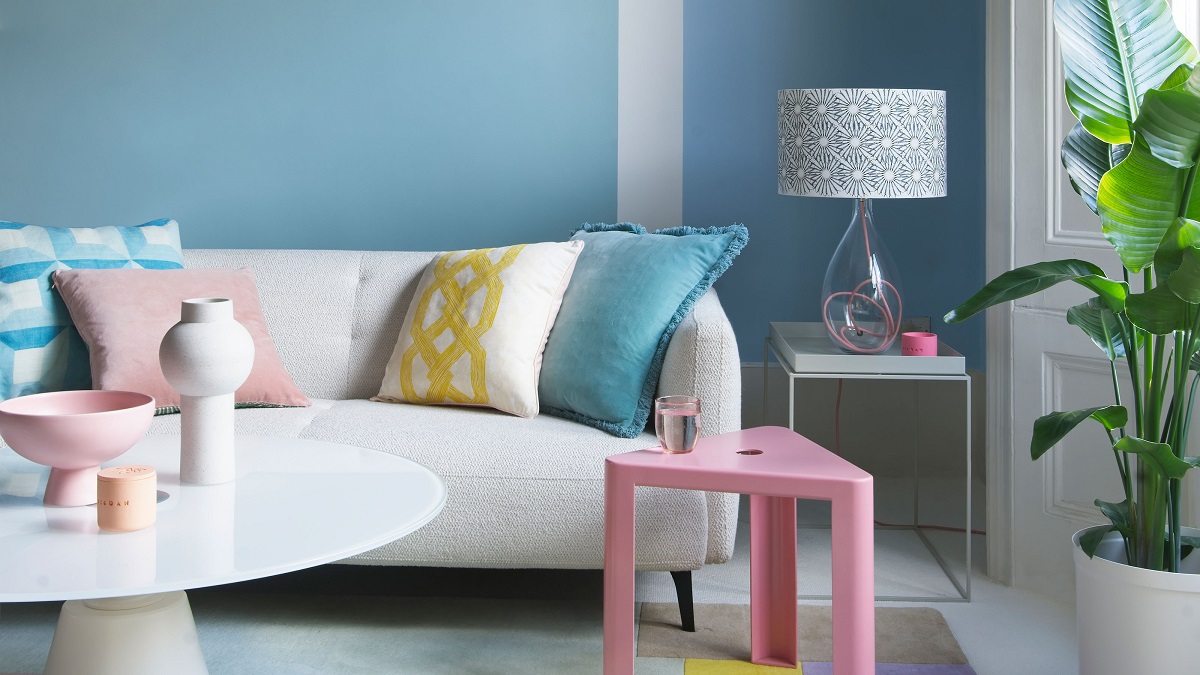
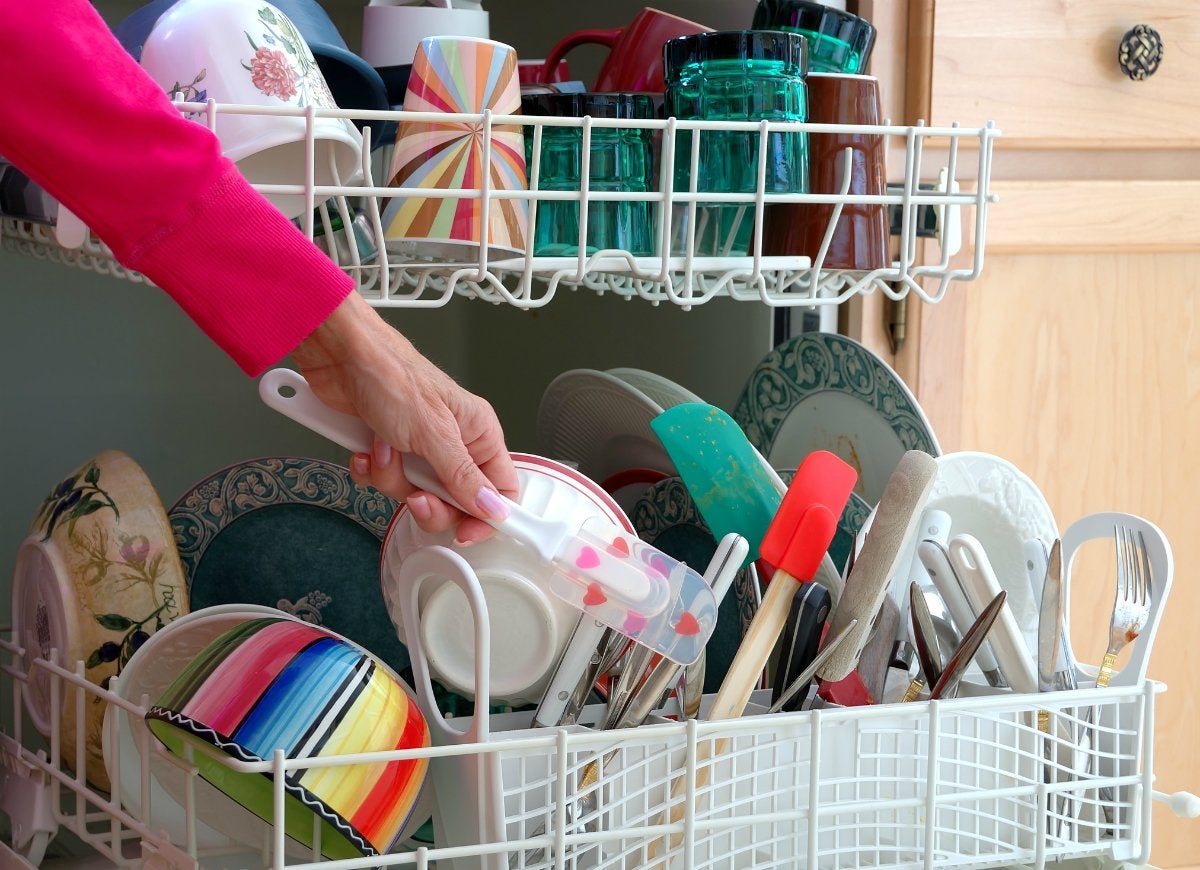


0 thoughts on “Bathroom Remodeling Mistakes And How To Avoid Them”